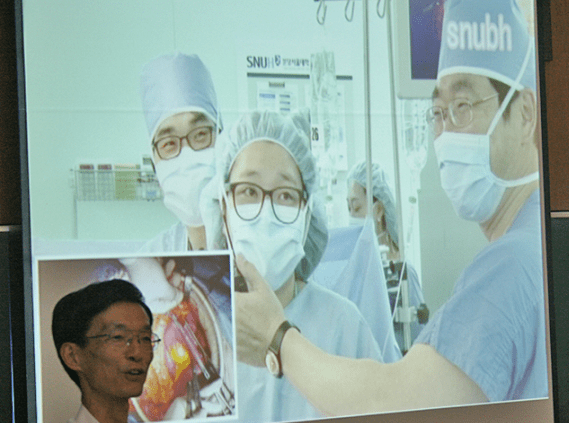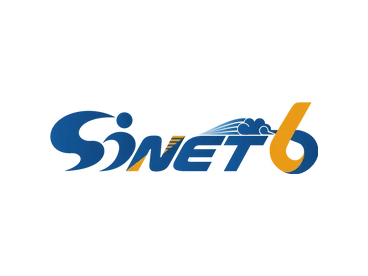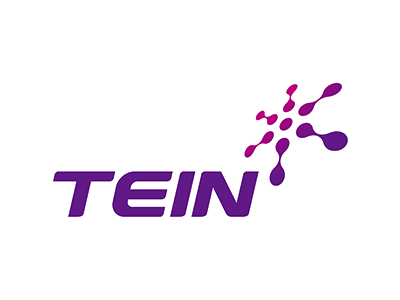
Removing geographical barriers to education and training for doctors
For more than a decade, the Telemedicine Development Center of Asia, (TEMDEC) based at Kyushu University Hospital in Fukuoka, Japan has facilitated remote training of surgeons, sharing of knowledge and the spread of best practice across the Asia-Pacific region, and more recently globally, by using SINET (Japan’s national research and education network) and the global network of national research and education networks.
Research networks provide the reliable high-performing capabilities for delivering the high-quality imagery required for teaching surgical procedures and techniques.
Leading the way
The driving force behind TEMDEC is Associate Professor Shuji Shimizu of the Kyushu University Hospital Department of Endoscopic Diagnostics.
“The word telemedicine covers a wide range of fields, but our main focus is on education for doctors. The Department of Endoscopic Diagnostics and Therapeutics at Kyushu University has made significant advances in the world of endoscopics over the last couple of decades. Naturally, there is also a strong need among doctors to learn the latest endoscopic procedure,” he says.
Geographical limits
Physically touring the hospitals that conduct advanced medical care is time-consuming and costly. In Asia in particular, the target of TEMDEC’s activities, it is quite difficult for doctors from countries such as China and South Korea to come to Japan for training.
Remote learning
International telemedicine using high-speed networks and video distribution provides a solution. Doctors can watch and learn the latest procedures without the inconvenience of travelling. Another advantage of the telemedicine approach is that there is no limit to the number of people who can observe at one time.
Since its inception in 2002, the TEMDEC program has delivered around 40 to 50 live demonstrations of actual endoscopic surgical procedures and/or conferences each year. Examples include live video of surgeries at Kyushu University Hospital delivered to workshops in Hong Kong, Korea and across the globe, as well as live video of surgeries in Australia, the United States and other countries streamed to Kyushu University and to conferences in Asia.
At regular early-stage gastric cancer teleconferences, sessions are held where pathological and endoscopic images are shown at Kyushu University Hospital and questions are fielded from Thailand, Vietnam and China.
“The quality of the images needs to be high. If thin membranes and small blood vessels can’t be seen clearly, the surgeons can’t get anything out of watching.
“With this in mind, we use DVTS technology for the delivery of video and stream high-quality video data in its original, uncompressed form. In addition, for our network we use the SINET service to secure the necessary quality and bandwidth,” he says.
TEMDEC currently works with 55 countries and 406 organizations in the implementation of live surgeries and conferences.
For more information please contact our contributor(s):


